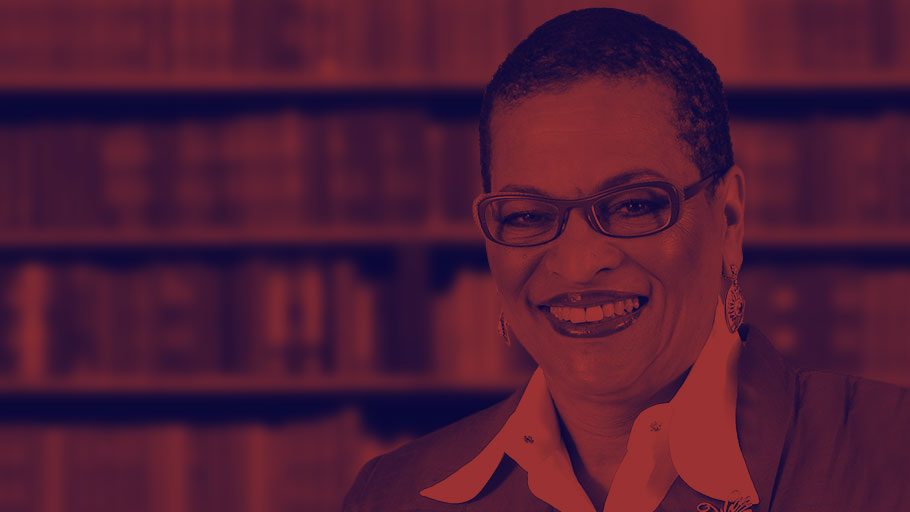Congressman John Robert Lewis was just 17 when he reached out to Dr. Martin Luther King, Jr. with a letter conveying his desire to attend all-white Troy State College (now Troy State University) that was just ten miles from his home. Lewis submitted an application but never heard from the college, and hoped King would help. Instead, he went to Fisk University. Later, Dr. King reached out to him and invited him to visit Montgomery during spring. That was the beginning of John Lewis’s relationship with King and his 60 plus ms year commitment to the civil rights movement.
Congressman Lewis, who died on July 17, exemplified so many things. Commitment. Resilience. Humility. Goodwill. Good Trouble. He died at 80, and there are photos of him, as a much younger man, marching alongside Dr. King and so many others. One of the things that strikes me about this remarkable man is how young he was when he got involved in the movement. As impressive as John Lewis was, he was one of several very young people who put their lives on the line for civil rights and human rights. There is no wonder that he smiled when he visited Black Lives Matter Plaza in Washington, DC. That plaza and the protests after the murder of George Floyd are direct descendants of protests that John Lewis was involved in during the 1950s and 1960s.
Many of the youth of that era boldly challenged the status quo. Consider the Little Rock Nine. They were verbally and physically harassed and, in at least one case, experienced economic consequences. The Nine endured a harrowing year. Ernie Green, the best-known of the Little Rock Nine, was the only African American to graduate from Central High School in 1958. The school was closed the following year, and the Little Rock Nine completed their high school education elsewhere.
Just as it is agonizing to think of John Lewis beaten so severely that his skull was cracked on the Edmund Pettus Bridge in 1965, it is also painful to think of Melba Patillo one of the Nine who was kicked, beaten and had acid thrown in her face, or Gloria Ray, who was pushed down a flight of stairs. Elizabeth Eckford attempted to walk into Central High School alone, having missed the others because of a communications snafu. She faced an angry and hostile mob and soldiers who would not allow her to enter the school. Gloria Ray’s mother, Julie Miller Eckford, lost her state job because she would not withdraw her daughter from Central High School. These young people, like John Lewis, had tenacity, commitment, and vision.
Consider Dr. Ron Walters (1938-2010), the distinguished professor who spent most of his career as a political scientist at Howard University. He was president of the NAACP Youth Council in Wichita, Kansas, when he organized a sit-in at Dockum Drug Store in July 1958, just weeks after Ernie Green graduated from Central High School and more than a year before the Greensboro sit-in in 1960. The students who participated in the sit-in ranged in age from 15 to 22. The sit-in lasted three weeks and ended when the store manager said the sit-in was costing too much money.
In 1960, a young Jesse Jackson led a protest at the segregated Greenville, South Carolina library, when he was told he could not check out a book he needed for his undergraduate research. The Greenville Eight, including Jackson, were arrested for disorderly conduct when they visited the library, browsed, and refused to leave. After the arrests, the City Council voted to close both the white and the dilapidated one-room colored library. The libraries reopened about two months later, available to all citizens. Like Lewis, Jackson has dedicated his life fighting for civil rights and economic justice.
In celebrating John Lewis and his remarkable life, we also honor other young civil rights activists who risked their lives to take a stand. They made a difference in the struggle for justice. And just as we celebrate them, we must also celebrate today’s young activists, those in the Black Lives Matter Movement who have mobilized young people to protest police brutality, the myth of white supremacy, and economic injustice.
As I think of John Lewis, his remarkable courage, and the leadership he offered at every stage of his life, I also reflect on the much-discussed generational conflict in the African American community. This conflict is, in some ways, inevitable. In other ways, it is unnecessary. Black folks of every age want the same thing – social and economic justice. And depending on our age, we approach the struggle differently. Some will put their lives on the line; some will march, others will boycott racist companies and write checks. Some of every age will do nothing. Those of us who are elders must embrace youth leadership in the spirit of John Lewis, Ernie Green, Jesse Jackson, and others.















